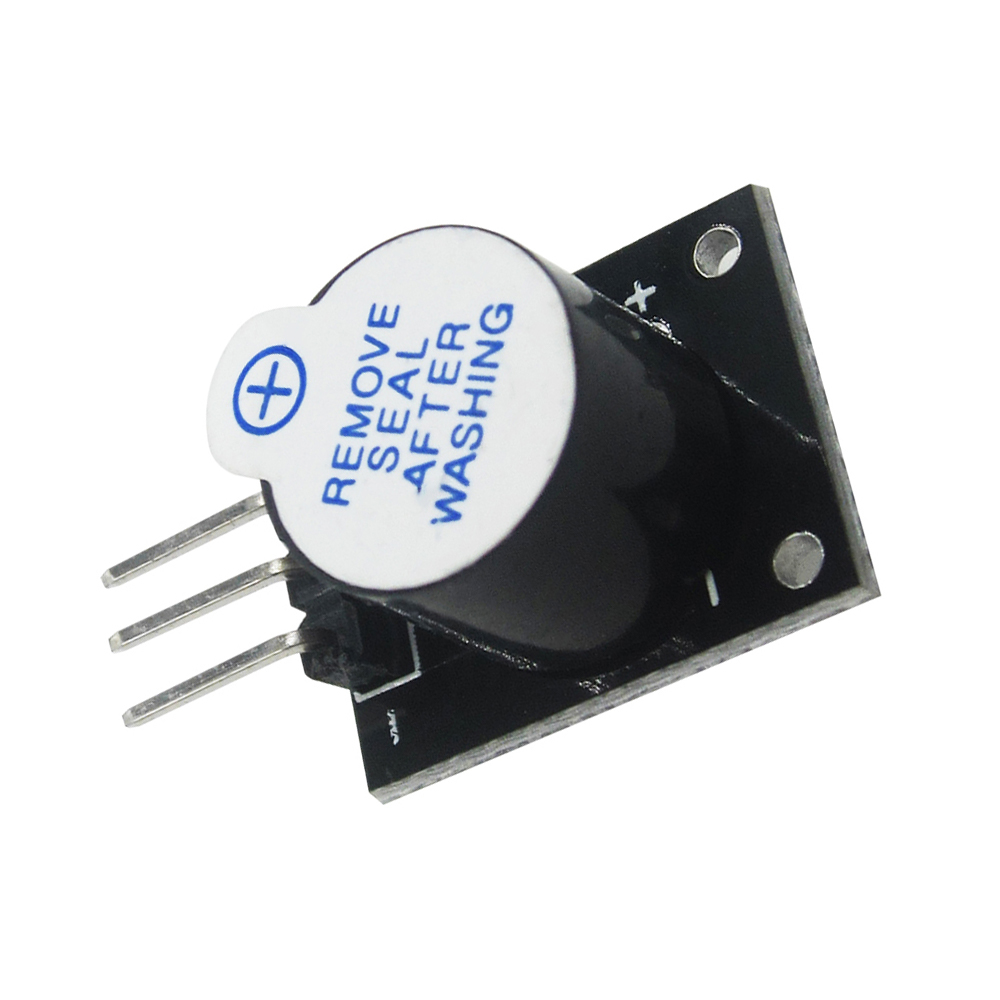

frequency determines the frequency of the tone in hertz. Where pinNumber is the Arduino pin number on which we generate the tone. The basic syntax for the tone function is given below. Connect the positive on the buzzer with pin 10 on the Arduino and the. frequency is generated from 31 to 65540 but we prefer values between 1000 to 5000 which are tolerable for human ears.
#Buzzer arduino code
Upload tonefunction.ino code but remember to attach buzzer with PIN 6 as it is a PWM pin. We can get more control over the buzzer tone when we use the tone() function. Create A Simple ESP8266 NodeMCU Web Server In Arduino IDE Over the past few years. Upload buzzer.ino code to run this project. It becomes more interesting when we use the tone() function to control a buzzer. Upload the code to the Arduino and listen to how it sounds. analogWrite(pin, 127) will turn the buzzer on at its ½ intensity.

500ms for on and off could be better, with a counter limit of 10 (still 10seconds). Cylewet 10Pcs 5V Active Buzzer Electronic Alarm Magnetic Long Continuous Beep for Arduino (Pack of 10) CYT1036 5V Passive Buzzer for Arduino, Pack of 10. I used the numbers from your first example. We can control the intensity of the tone using a PWM signal. That buzzer part should work, and it turns the buzzer off after (100ms+100ms) 50 10seconds. Upload tonefunction.ino code but remember to attach buzzer with PIN 6 as it is a PWM pin. Piezo buzzer output sound level will variate by arduino depending on the intensity of light thrown on ldr/light sensor. It will generate a bip – bip – bip sound. Upload buzzer.ino code to run this project. The buzzers are polarized, so check which terminal is positive and which terminal is negative before connecting it to a battery. An easy way to tell active and passive buzzers apart is by connecting them to a DC voltage source like a 9 volt battery. The below code will turn the buzzer on for 500 ms and then turn it off for 500ms. Passive buzzers need an AC voltage to produce sound. Connect the positive pin to the Arduino 5v pin, the negative pin to the Arduino ground pin, and the signal pin to an Arduino PWM pin (pin 9).Ī high signal to the buzzer pin (pin no 9) generates a simple tone and a low signal will turn it off. And if you have an Arduino buzzer module you can find three pins there. Connect the positive pin to any Arduino PWM pin (we will use pin 9). We can use a PWM signal or Arduino tone() function to generate this type of input signal and generate a tone. This tone can be changed by changing the input signal frequency. It needs a fixed frequency signal to generate a specific tone. Passive buzzers can generate a sound of a wide frequency range (> 31Hz). On the other hand, you have a passive buzzer. Once you have done this, you can use code to control when the buzzer sounds. Then connect the negative lead of the buzzer to one of the ground pins on the Arduino board.

It can only generate a sound of fixed frequency when you provide the required voltage to it. To use an active buzzer with Arduino, you’ll need to connect the positive lead of the buzzer to a digital output pin on the Arduino board. Most of the active buzzer works at a voltage range of 3.3V – 5V and generate only one sound frequency. There are two types of buzzers, active buzzers, and passive buzzers.
#Buzzer arduino how to
You will also learn how to use tone() and noTone() functions to create a tone. In this tutorial, you will learn how to use a buzzer or piezo speaker in your Arduino projects.

Using a buzzer we can create projects like timer, stopwatch, fire alarm, siren, etc. Buzzer is the most easy and cost-effective way to add sound to your Arduino projects. Can you help me? Here is my code.In many projects where we need to add a sound, we need a buzzer. I'm trying to implement a car warning sound using a piezo buzzer and an ultrasonic sensor.If an object is 50 to 30 cm away, it will sound for 1 second and try to turn off the sound for 1 second, but I can't think of a way to implement this code.


 0 kommentar(er)
0 kommentar(er)
